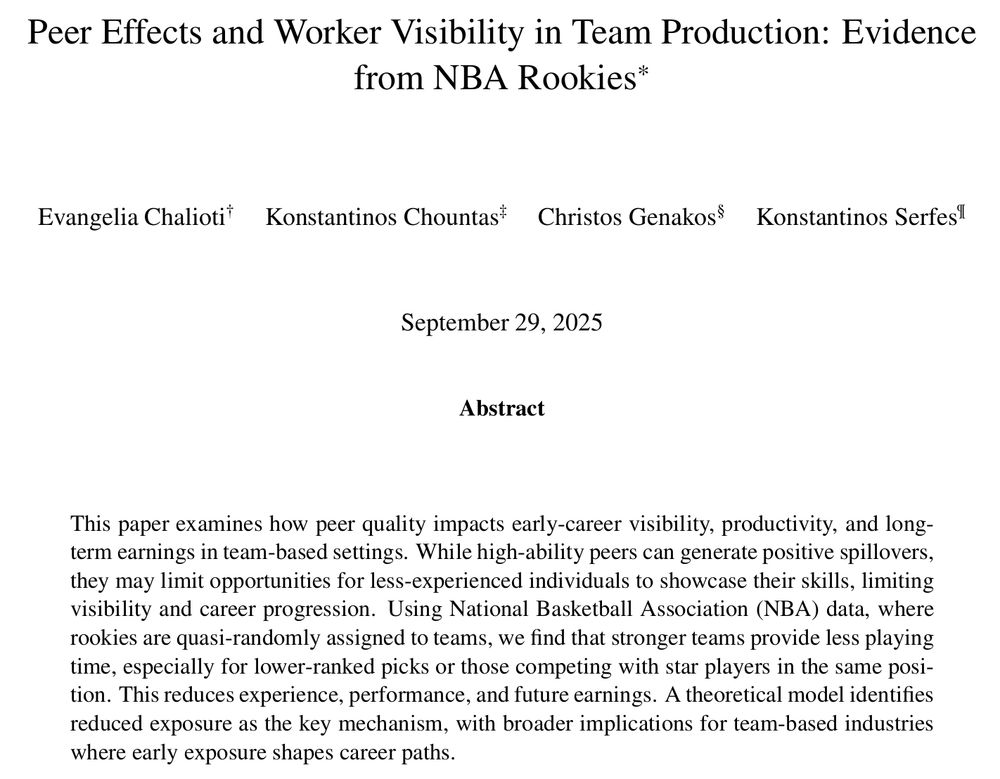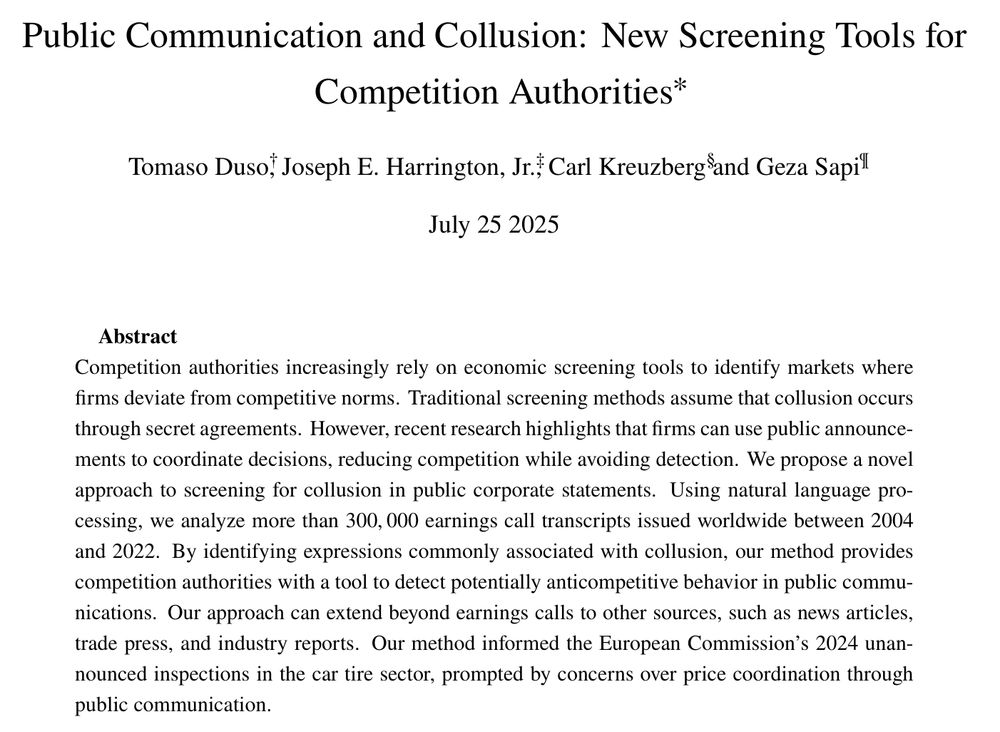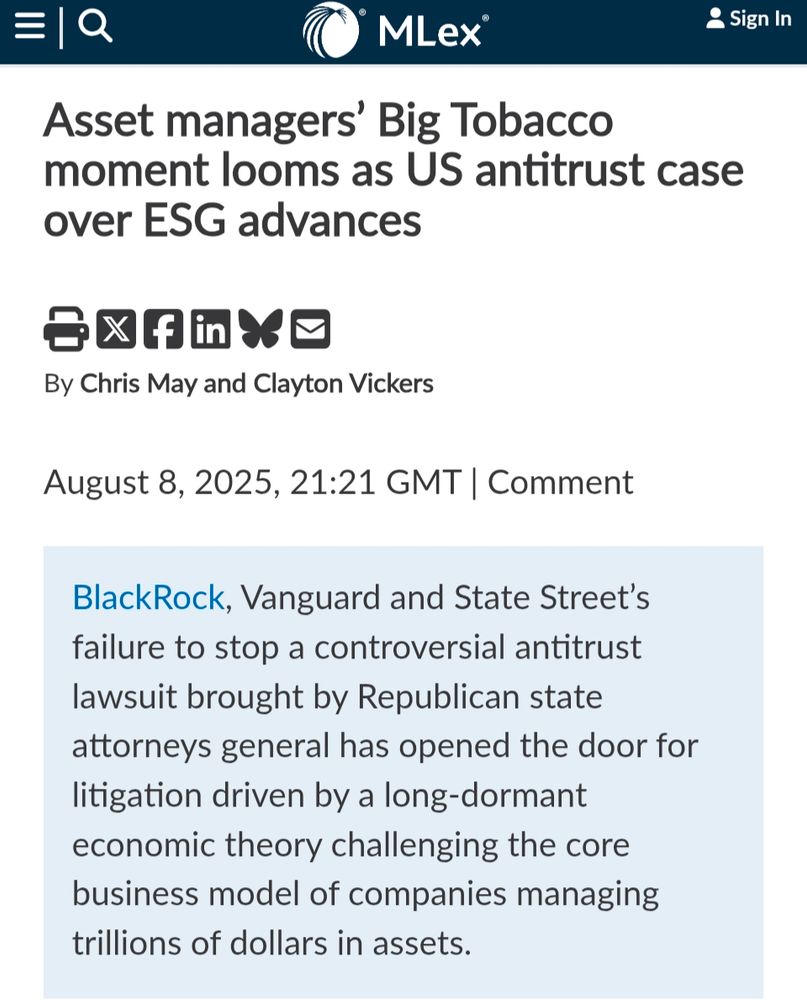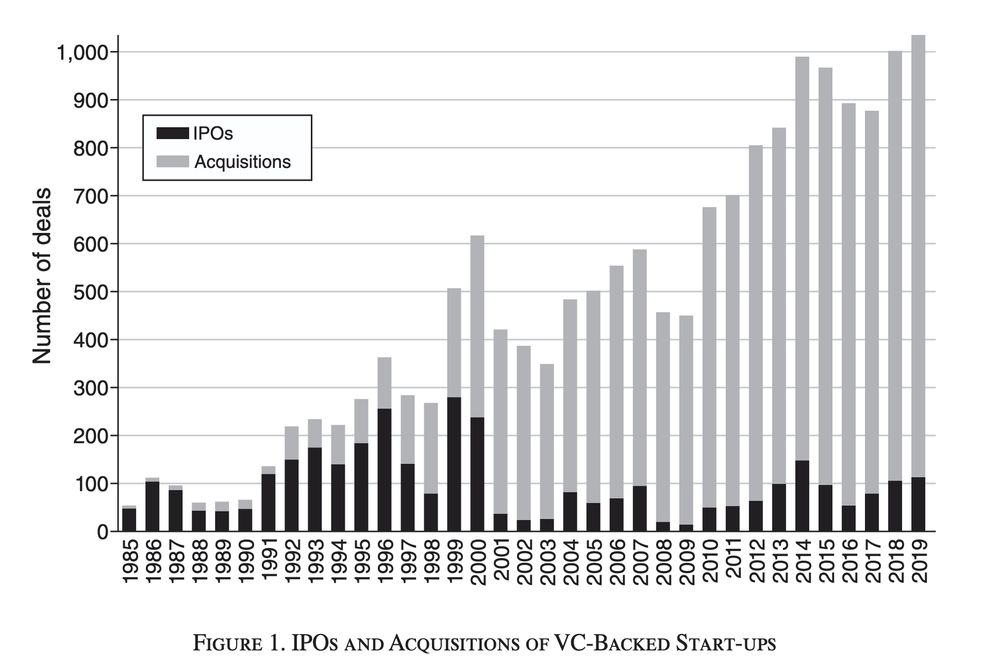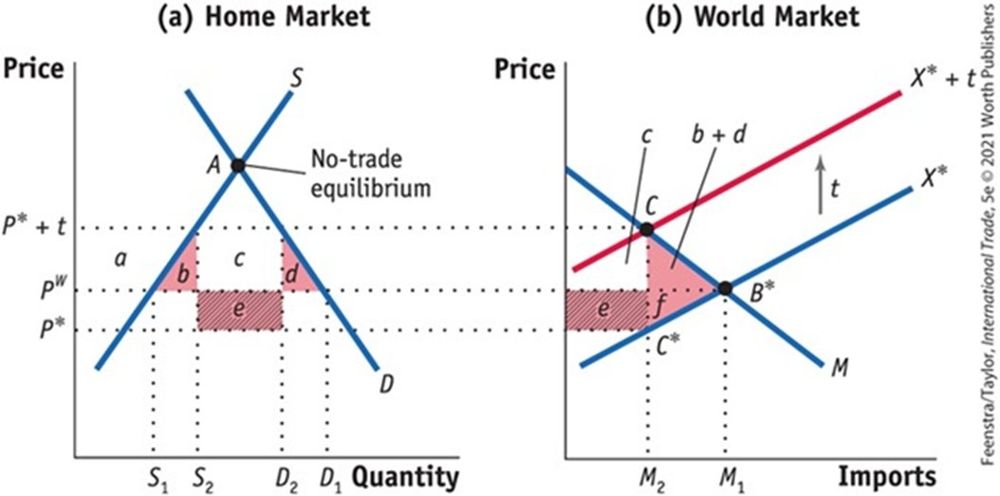Florian Ederer
@florianederer.bsky.social
12K followers
960 following
460 posts
Austrian 🇦🇹
Economist 📈
Not an Austrian Economist
Allen & Kelli Questrom Professor
BU Questrom, NBER, ECGI & NBER
https://florianederer.github.io/
Posts
Media
Videos
Starter Packs
Reposted by Florian Ederer
Reposted by Florian Ederer
Reposted by Florian Ederer
Reposted by Florian Ederer
Reposted by Florian Ederer
Reposted by Florian Ederer
Florian Ederer
@florianederer.bsky.social
· Aug 26
Florian Ederer
@florianederer.bsky.social
· Jul 30
Reposted by Florian Ederer
Florian Ederer
@florianederer.bsky.social
· Jul 30
Florian Ederer
@florianederer.bsky.social
· Jul 30



